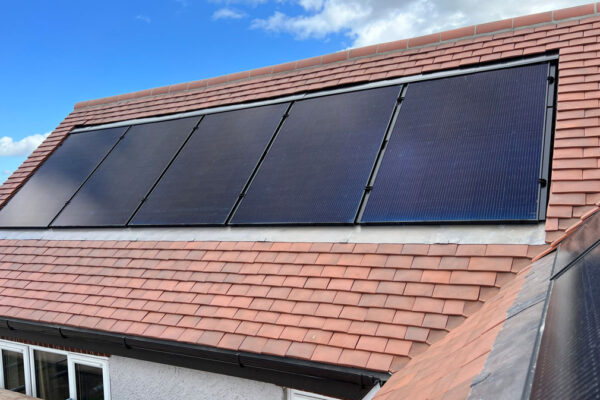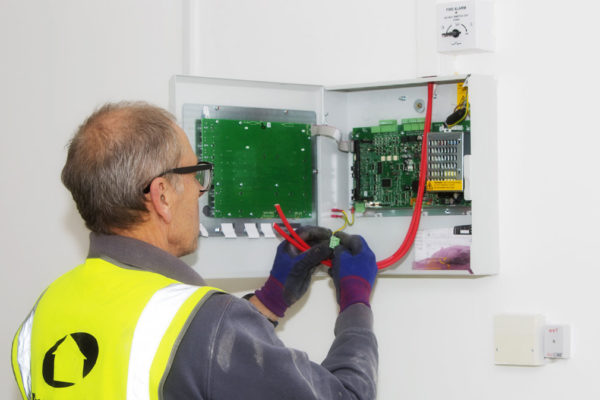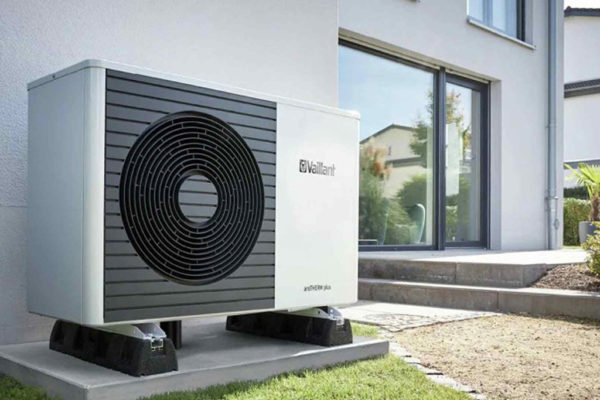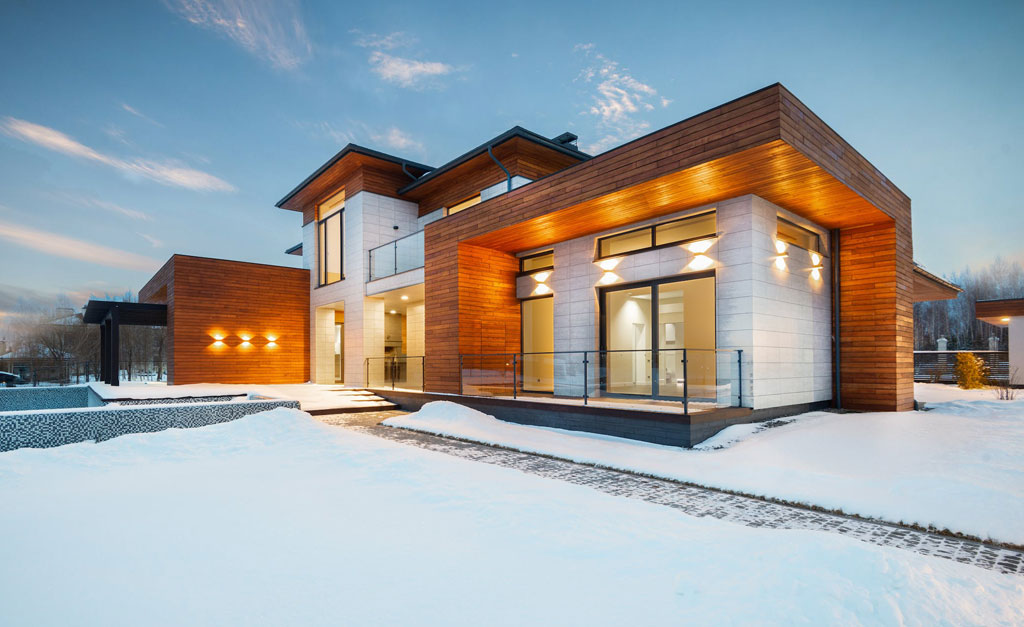
Greener, for now
The UK government plans to make buildings greener in an attempt to eliminate all harmful emissions from the atmosphere and reach the ‘net-zero’ target by 2050. This is obviously an ambitious plan and quite how this can be achieved is not yet clear, but what is certain is that domestic housing has been identified as a soft target for new legislation to force up energy efficiency standards.
The government aims to install 600,000 heat pumps in domestic homes by 2028 as part of its carbon reduction plans, but this represents only about 16% of the UK’s 29 million households, so there is still a long way to go.
Heat pumps have come a long way in recent years and the latest generation are far more efficient in transferring and circulating energy from a source of heat – such as air, ground or water – through a compressor and into a building
They can be a good way to improve energy efficiency for some homes, but they require significant initial investment and the short to medium term benefits depend very much on the effectiveness of the installation and the potential of the building for improvement.
Increasing the energy efficiency standards for all new buildings by 2025 is among other ideas for reducing the UK’s emissions, and the Future Homes Standard is an attempt to ensure that all new homes will be “zero-carbon ready” and will have 75–80% lower carbon dioxide emissions than those built to current standards.
However, given that the UK has more old housing stock than anywhere else in Europe, increasingly aggressive legislation on new build is unlikely to make large inroads into the problem and even with new builds, the compromises required to achieve large energy efficiencies quickly can result in some brutally ugly homes.
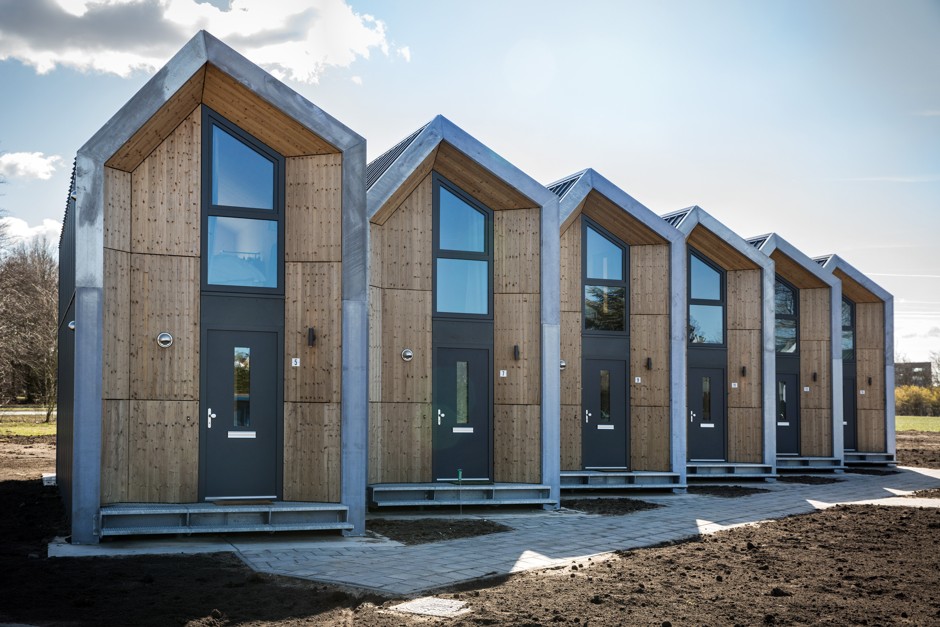
These tiny houses in the Netherlands are said to achieve energy efficiency gains of 40% – 50%, but the compromises necessary are huge. Only 39 sq metres of space with one window, front and back and no garden, parking or storage.
Tougher legislation on new build will only ever achieve tiny gains in the UK’s energy performance. The real potential is in improving and upgrading existing housing stock.
Another issue which is often overlooked in the search for energy savings is the problem of permanence. Most modern ‘green’ houses contain materials which have a lifespan significantly less than traditional building materials, so are effectively temporary. Not only does this raise the question of dramatically increased recycling requirements, but it also cuts across the grain of the UK housing market, which depends entirely upon long term capital gain for its viability.
A more productive and successful policy would be to help the owners of existing properties maximise the energy saving potential of their homes by a system of grants and subsidies which will add value to their properties and thus repay the initial investment. Punishing already struggling homeowners with increasingly higher energy prices is never going to be a realistic option for any government, in practical or electoral terms.

significant energy performance gains are quite possible with well designed and built refits of existing housing.
The UK apparently has over 2.5 million families living in what are described as ‘poor housing conditions and fuel poverty’. This is where the effort to improve housing and reduce emissions should be concentrated. Economies of scale and efficiencies are increasing rapidly as the building industry adapts to the new reality of energy saving techniques and materials and energy conversion systems like solar panels and heat pumps becoming more effective. It seems a more worthwhile investment for government to encourage improvements of existing housing stock rather than persist with grand schemes for new buildings which will never solve the problem, because no matter how much energy you save on a new house, you have still created a new source of carbon emissions.

